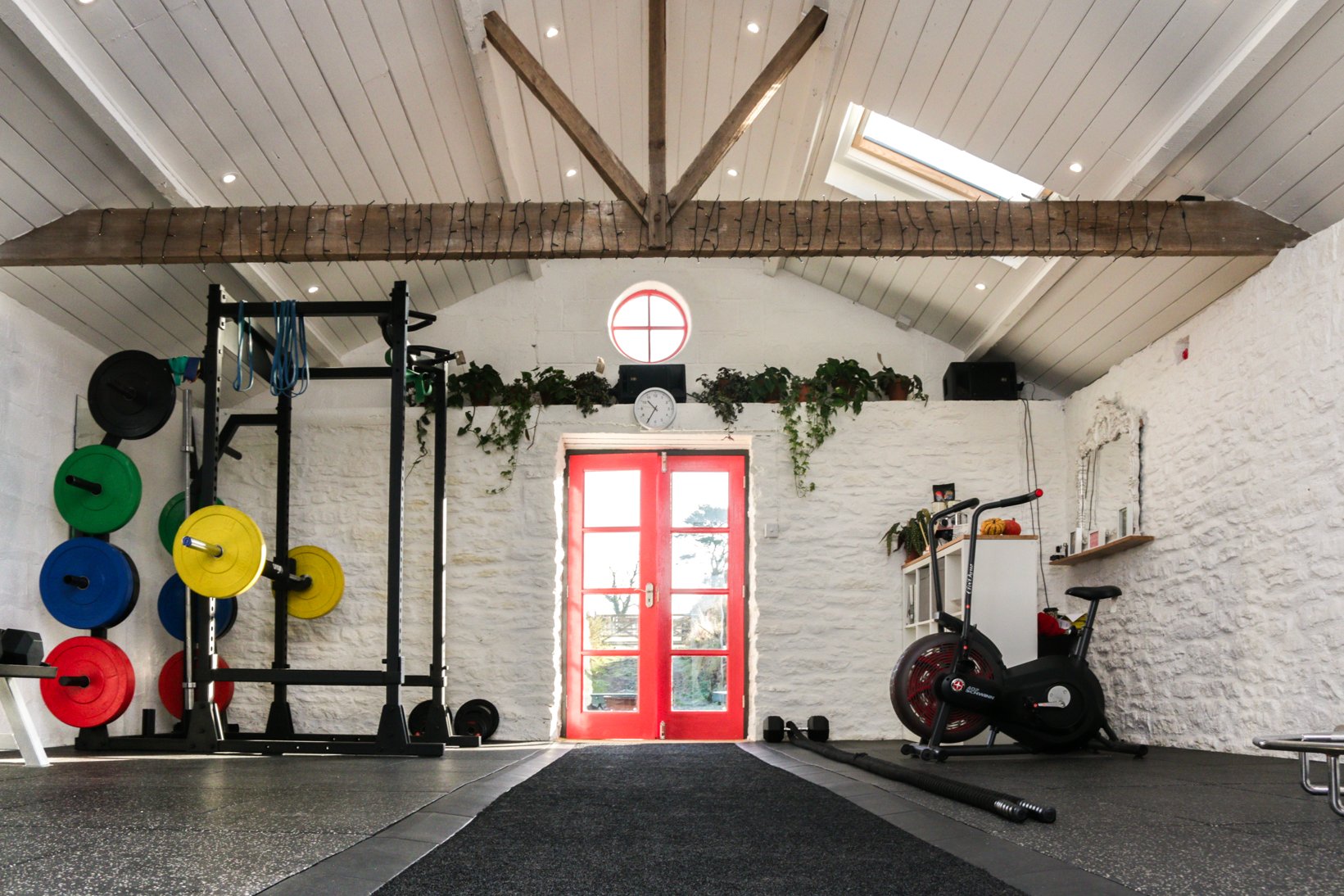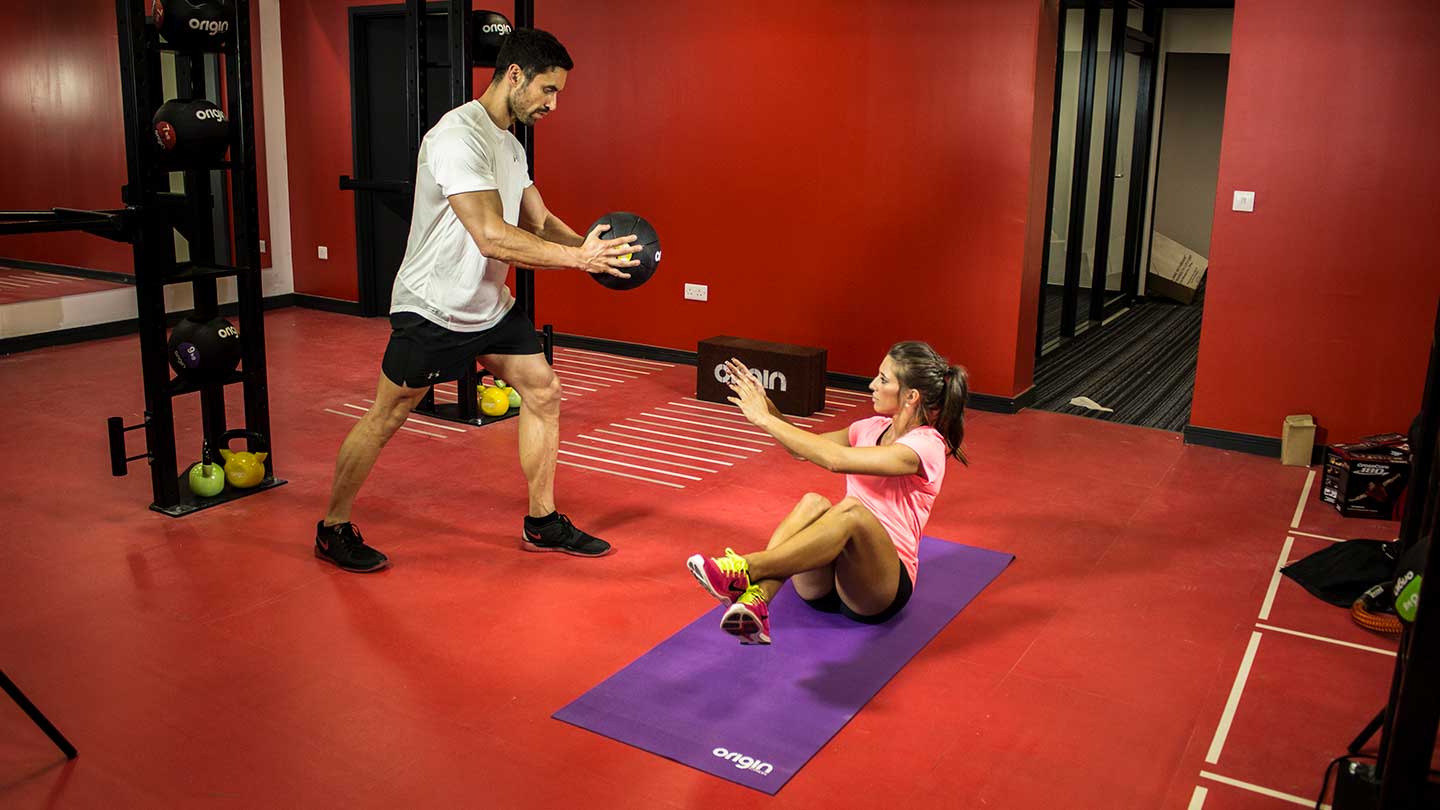Product added to cart


It's a term used in our industry on a daily basis, but if someone actually asked you 'what is core stability?' - how well would you be able to explain it? Here's how I would start;
Core stability is the term used to describe the muscular control required to maintain functional stability around the lumbar spine and to prevent lower back pain. Despite this being a popular subject there have been very few studies done in this area, therefore there is still some debate surrounding the topics of core training.
The “core” is often mistaken for the visible abdominal muscles, the rectus abdominus, the “abs”, however, the muscles involved can be described as a muscular ‘box’ and include the abdominals in the front (rectus abdominus, transversus abdominus (TA), multifidus (MF), internal oblique), paraspinals and gluteals in the back, the diaphragm at the top, and the pelvic floor on the bottom (Akuthota et al, 2004).
It has been presented that core stabilisation can benefit athletic performance, injury prevention and low back pain (LBP) (Akuthota, 2008), however, it is not just the activation of these muscles that is important for achieving these benefits, it is the timing of their activation (Hodges and Richardson (1997).
After establishing the muscles involved in the ‘core’, the next step is to determine the optimum training strategy and how each muscle works and contributes to this. There is a lot of debate surrounding the “abdominal hollowing” technique, which is performed to co-contract TA and MF. Akuthota, 2008, states that when performed prior to abdominal curls along with abdominal bracing that TA and internal oblique’s where activated throughout the activity.
However, McGill 2009, states that you should not perform this technique as it reduces the potential energy of the column causing it to fail at lower applied loads, supported by Koumantakis et al, 2005, and that you should focus on abdominal bracing. For more information on this refer to this article by McGill. Once these techniques have been mastered the individual may then progress to the next stage, the “Big 3”.
The McGill “Big 3” stabilisation exercises have been developed to provide spine stability, optimal motor patterns, and build muscle endurance. These include the ‘curl-up’, the ‘side-plank’, and the ‘bird-dog’.
Pelvic bridging and prone plank can also be utilised at this point (Akuthota, 2008). Spine stabilisation requires only a low level of contraction; the muscles are only needed for cocontraction for substantial durations – not for strength. Many client’s goals may purely be to enhance the tasks of daily living; therefore, this is sufficient enough to achieve this goal (McGill, 2007).
It is common to confuse health objectives regarding your core to performance objectives and many people end up compromising their progress with specific strength exercises too early. These muscles do not need to be very strong, just well coordinated and have the ability to act as a stabiliser holding the lumbar spine in a neutral position in correct alignment of the pelvis. These aforementioned exercises can be progressed by introducing physioballs, however for athletic performance these now need to become more functional.
When progressing to athletic performance the emphasis of the strength programme should now be placed on the ability to perform a variety of movement patterns in the three cardinal planes of movement; sagittal, frontal and transverse to develop balance and coordination.
Exercises can now include standing positions and mirroring functional movements, including acceleration, deceleration and dynamic stabilisation. For example, introducing props including wobble boards, bosu balls, med balls and movements like lunges, jumping, and the farmers walk.
As mentioned earlier, the research is minimal in this area and often presents conflicting results but three key points to take back to your clients should always be:
References
AKUTHOTA V, NADLER SF. Core strengthening. Arch Phys Med Rehabil 2004;85(3 Suppl 1):S86-92.
AKUTHOTA, V., A. FERREIRO, T. MOORE, and M. FREDERICSON. Core stability exercise principles. Curr. Sports Med. Rep., Vol. 7, No. 1, pp. 39Y44, 2008
HODGES, P.W. and RICHARDSON, C.A. (1997) Contraction of the abdominal muscles associated with movement of the lower limb. Physical therapy, 77 (1997)
KOUMANTAKIS, G.A., P.J. WATSON, AND J.A. OLDHAM. Trunk muscle stabilization training plus general exercise versus general exercise only: randomized controlled trial of patients with recurrent lowback pain. Phys. Ther. 85:209Y225, 2005.
MCGILL, S. Designing Back Exercise: from Rehabilitation to Enhancing Performance.
www.backfitpro.com (2009).